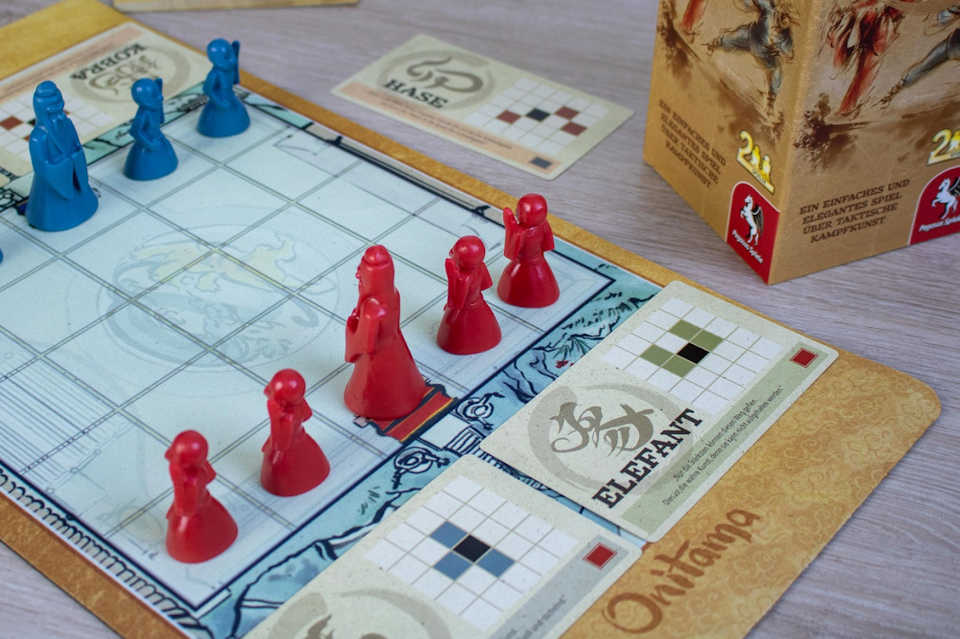
Onitama is one of those games that you play once – and then again. And again. And again. Because although it looks minimalist at first glance, it contains a tactical depth that impresses even chess fans. In addition, there is an elegant design, quick moves and an ingeniously simple concept
We introduce you to the basic game and the three expansions – and reveal why Onitama is a real perennial favorite on the shelf.
The basic game – elegance in five figures
In Onitama, two players with five pieces each (one master and four pupils) compete against each other on a 5×5 field. The aim is to either beat the opposing master or enter the opposite temple space with your own master.
The special feature: Each figure does not move at will, but only on the basis of movement cards that define exactly what a move may look like. Of the total of 16 cards, only five are used per game – two per player, with a fifth waiting in the middle. After each move, the card used is passed on and you receive a new one. So you always know what options your opponent will soon have. Sounds simple? It is – but it’s also ingenious!
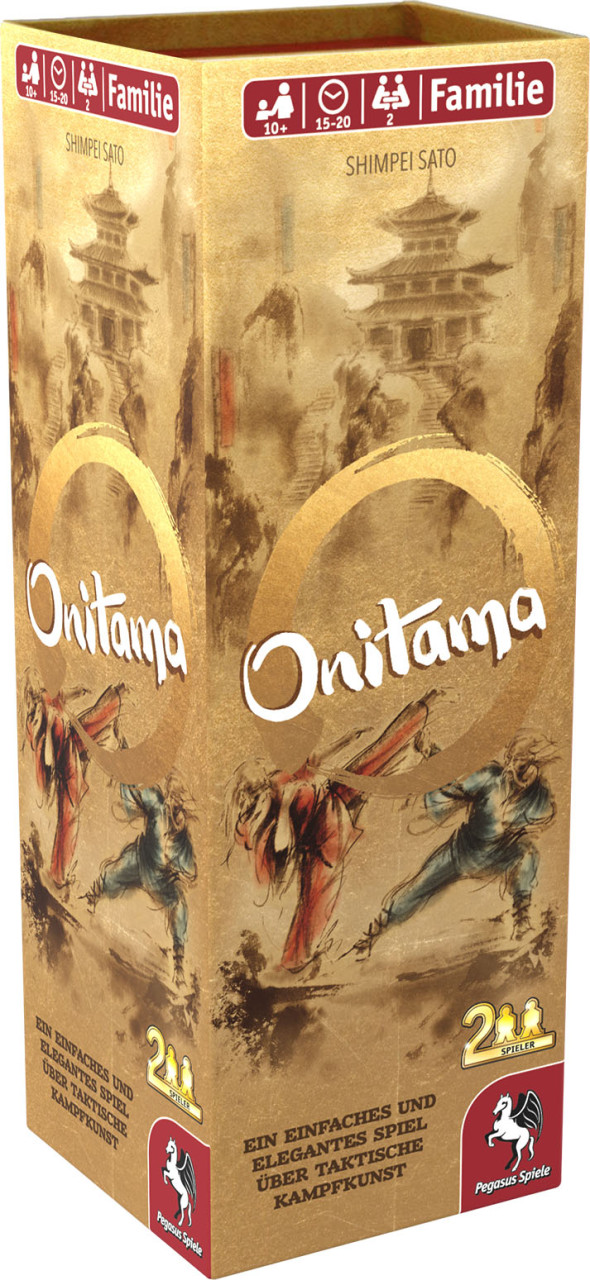
Onitama feels like a mixture of chess, Stratego and Go – but in 15 to 20 minutes.
Extension 1: Sensei’s way
The first expansion, Sensei’s Way, is ideal for anyone who loves Onitama and simply wants more variety. It introduces 16 new movement cards to the game, which drastically increase the pool of possible combinations – without any new rules or mechanics.
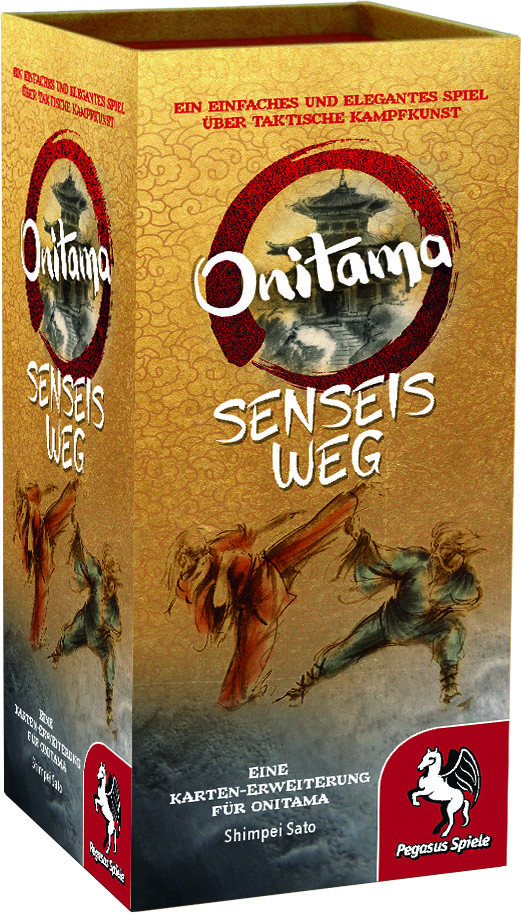
The game remains as accessible as before, but is even more strategically varied. Some cards are particularly aggressive, others defensive or tricky. Those who know the basic game well will discover many new tactical possibilities here.
Extension 2: The spirit of the wind
With The Spirit of the Wind, a neutral character comes into play for the first time: the mysterious Wind Spirit. This piece does not belong to any player, but has a significant influence on the game. It also moves using special cards, can displace and block opposing pieces, but cannot be captured – and does not capture itself either.
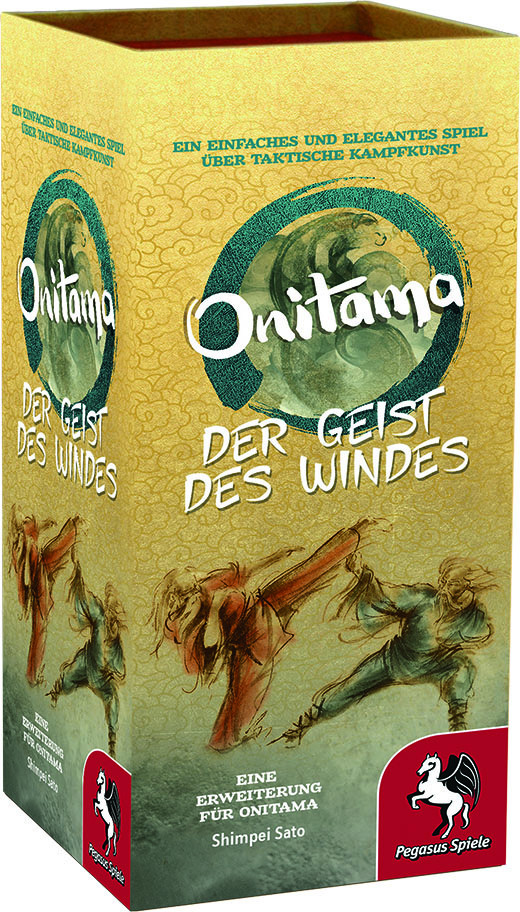
The wind spirit brings a new dynamic into play. It is no longer just about the direct exchange of blows, but also about the skillful positioning of this third force. A real highlight, especially for advanced players.
Extension 3: Light and shadow
Light and Shadow is the most complex of the expansions and introduces a completely new element: the hidden ninja. Each player also receives a shadow figure that moves secretly across the board. It only appears on the board when it attacks or is made visible.
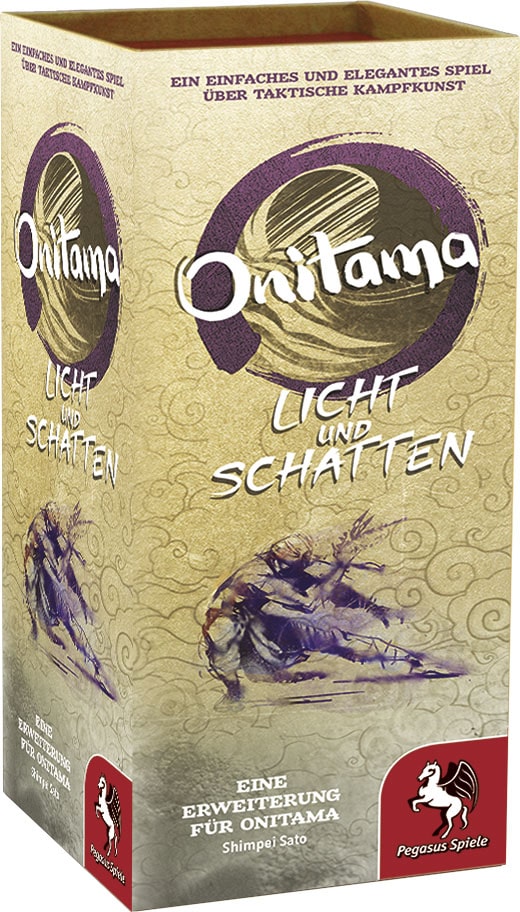
This adds a touch of deduction to the tactical Onitama universe. Where is the opponent’s ninja right now? Is he planning a surprise strike? Or is he just bluffing? This expansion is ideal for players who already know Onitama inside out and are looking for a new mind game.
Our conclusion: little material, great effect
Onitama is a prime example of how much depth can be packed into a small game. Whether as an introduction to strategic play or as a duel between tactics veterans – it impresses with its elegance, variety and depth of play.
The extensions build on each other in a sensible way:
- Path of the Sensei for more diversity,
- Path of the wind for a new dimension,
- Light and shade for tactical mind games.
Anyone who loves strategic duels should definitely have Onitama on their screen (and gaming table). Ideal for in-between games – but addictive!
Onitama and the three expansions

High in the mist-shrouded mountains of Japan lies the shrine of Onitama, a place of enlightenment and meditation. Masters of martial arts regularly gather here with their most talented students to prove their superiority in battle.

